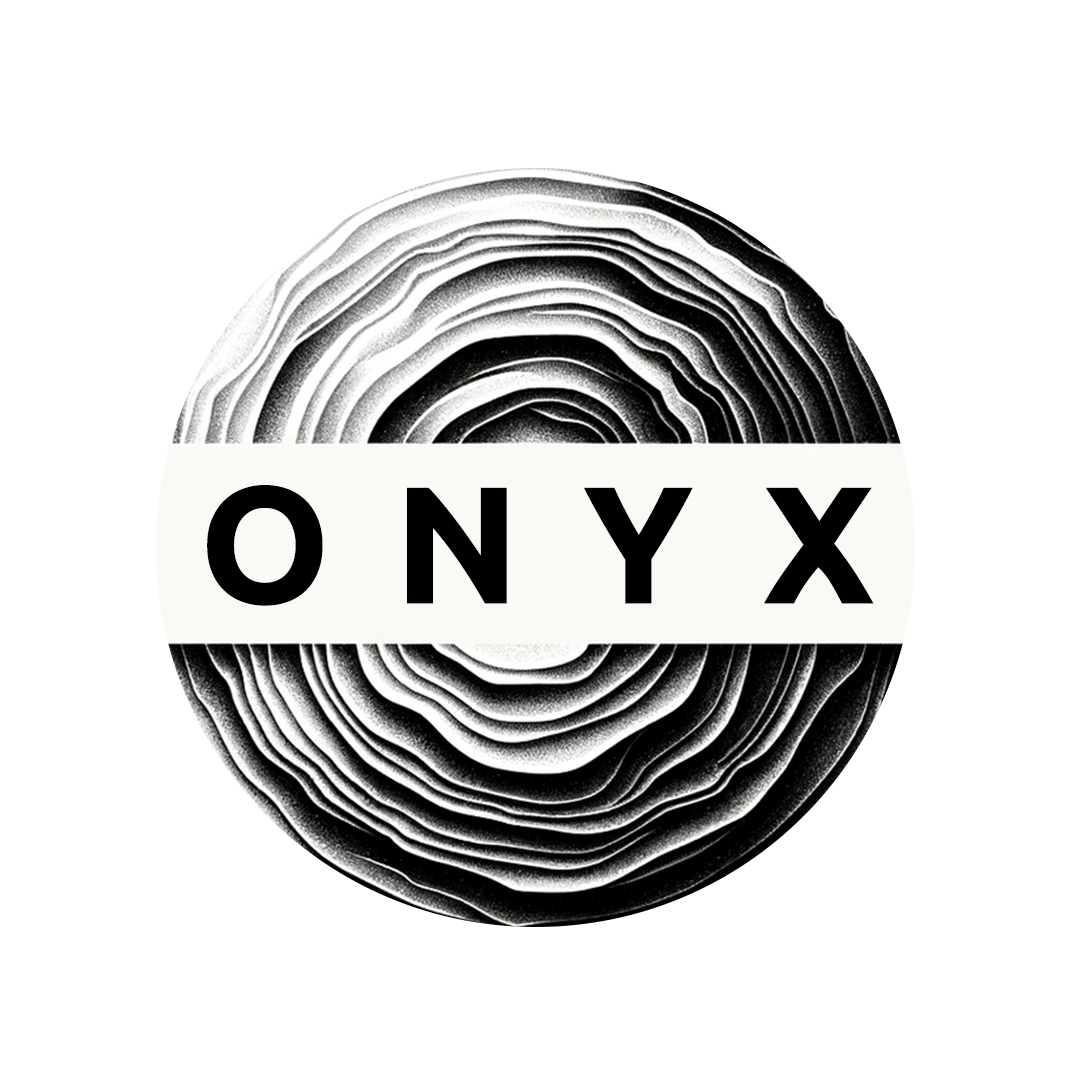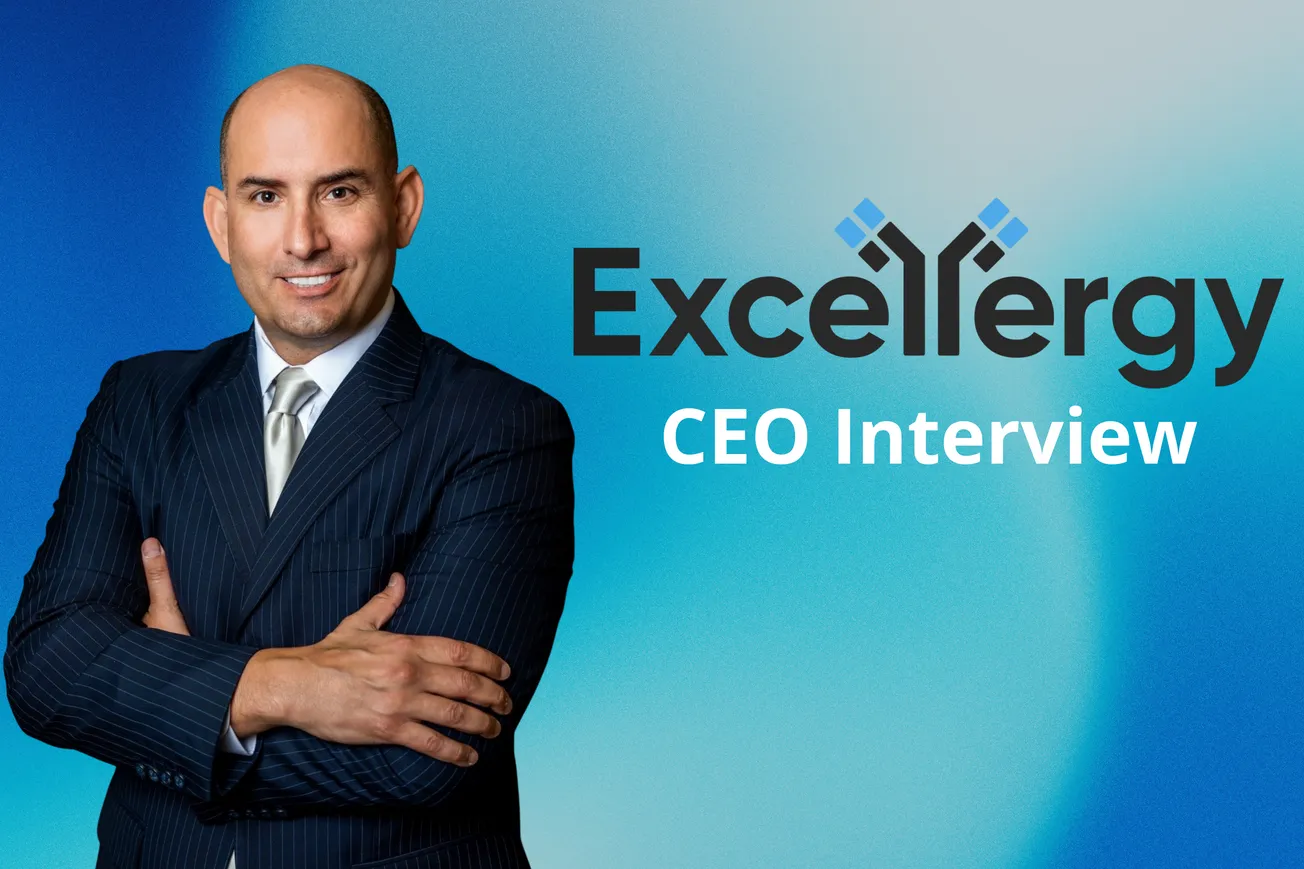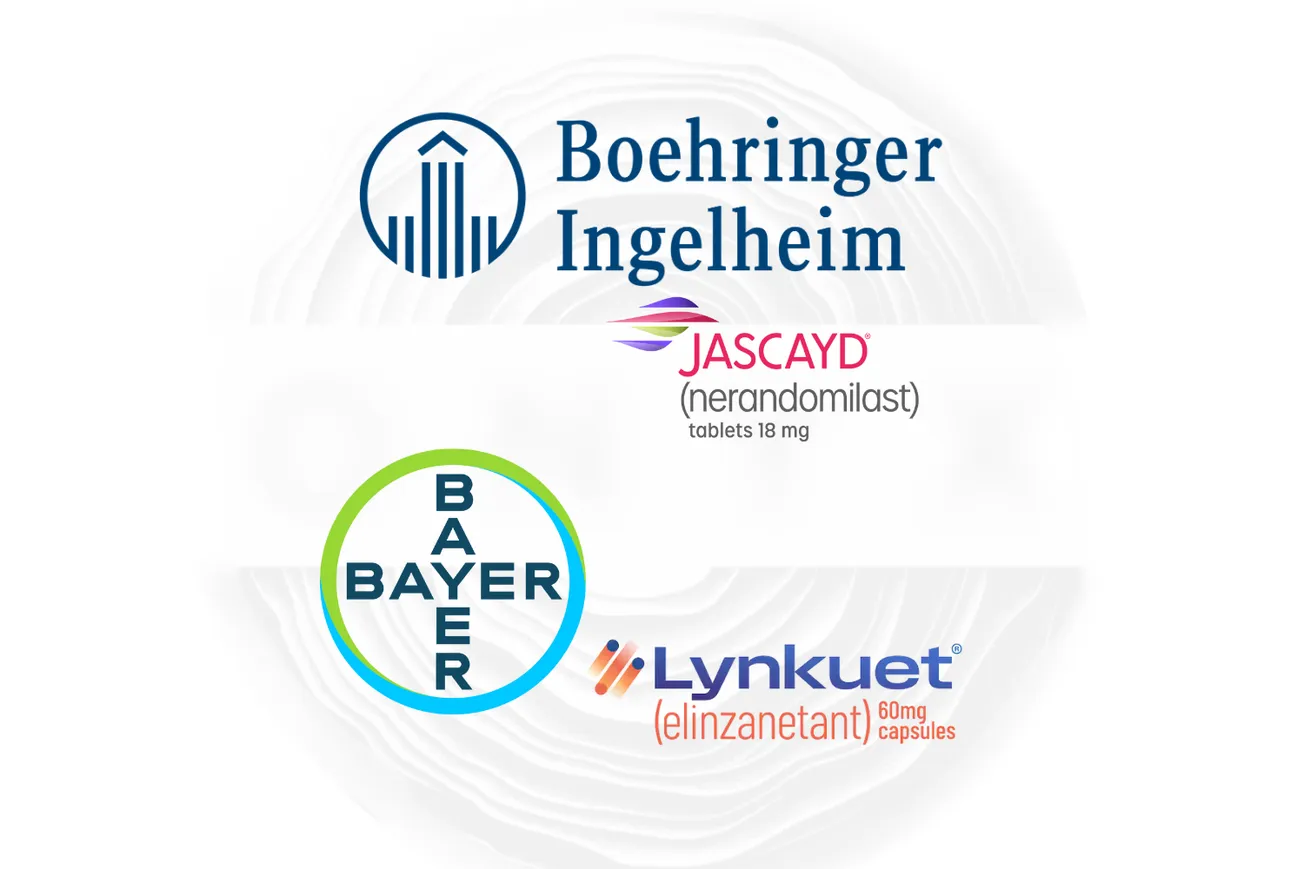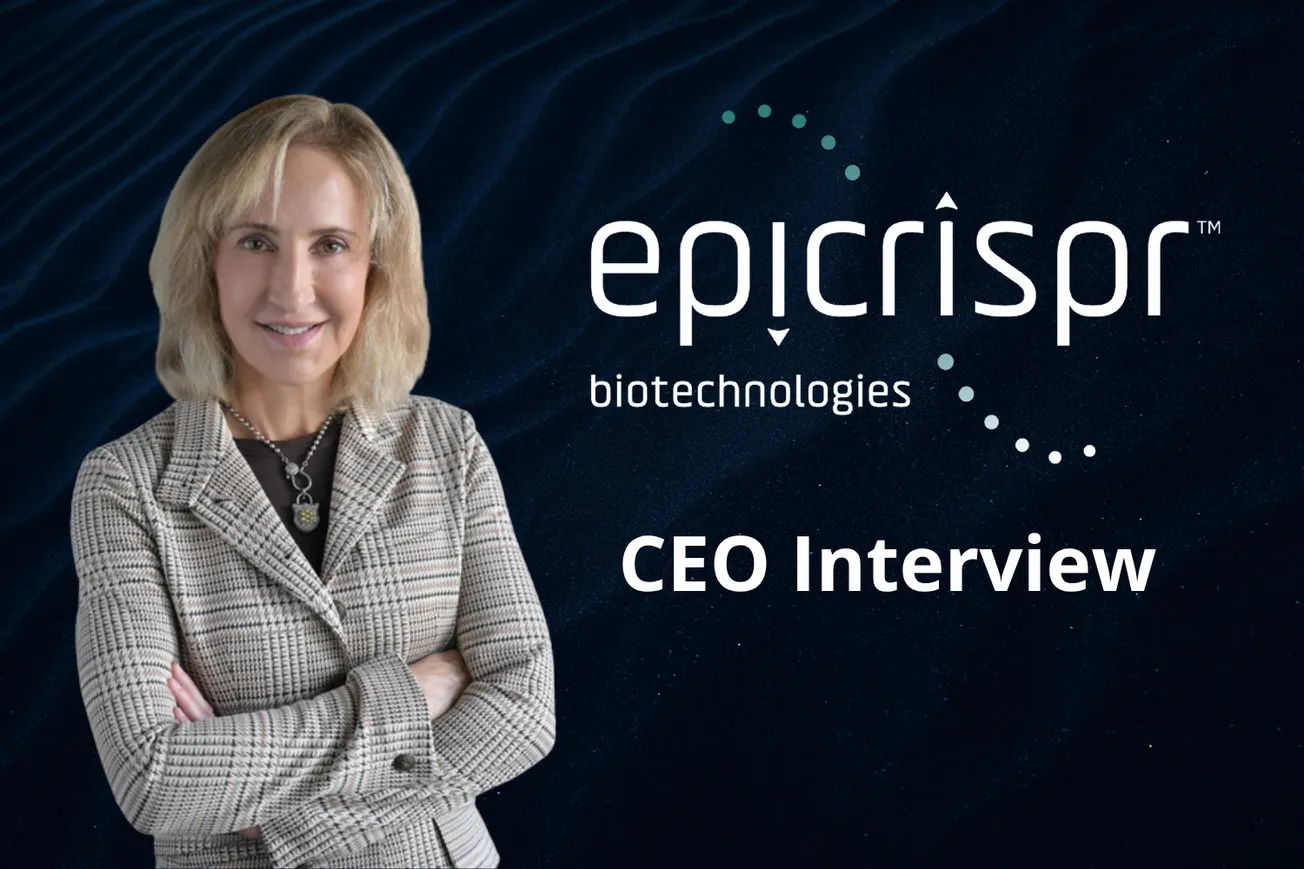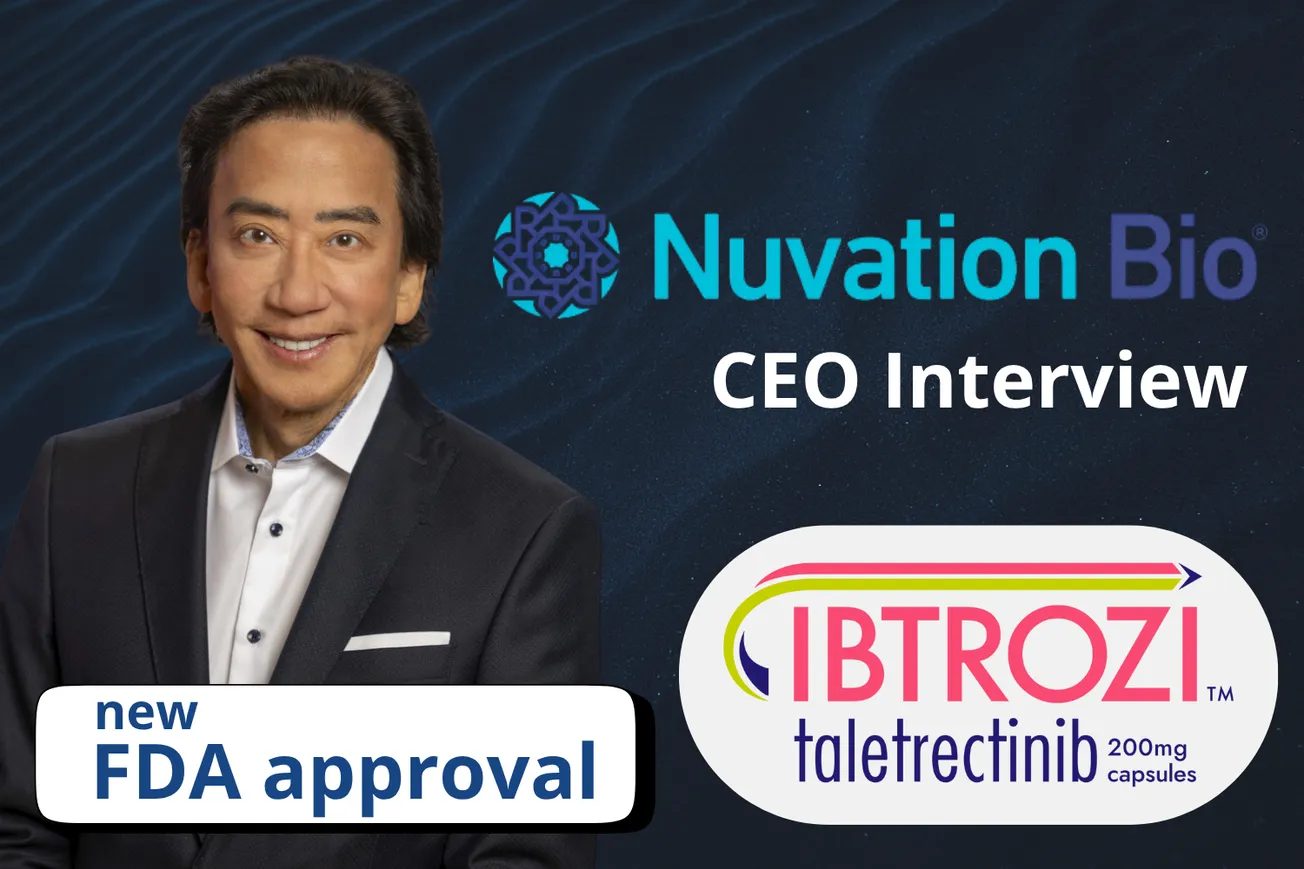Table of Contents
“This could be a complete transformation in the way we treat allergic disease.” Todd Zavodnick
Could you give us a quick snapshot of your background and what led you to Excellergy?
I grew up in the northeast of the United States, studied pharmacology, and, subsequently, did a master’s in business. My experience within the pharmaceutical industry started in ophthalmology for 14 years and then led me to dermatology for the next 13 years. For six years, I was the CEO of Dermavant, a leading dermatology biotech that developed VTAMA for psoriasis and atopic dermatitis. Dermavant was sold to Organon in November 2024 for $1.2 billion.
After my time at Dermavant completed, I was planning on taking a little time off. I wasn’t really looking for my next opportunity yet. That said, when I met the co-founders of Excellergy – Geoff Harris and Luke Pennington – and they shared with me what they were working on, I knew this was something I had to be a part of and join their team.
They are leading immunologists and structural biologists, and the science they are developing is nothing short of groundbreaking. They had established the largest preclinical compendium I had ever seen, and it was meticulously developed. They had also made great strides in securing IP and funding, making this opportunity a once-in-a-lifetime project.
I knew right away this was going to be the most exciting science I had worked on in my career. The potential to really improve patients’ lives and to work with a team like this, it’s just not something you walk away from. This is the dream for anyone who works in biotech - you want to participate in something that’s solving a problem that has not yet been completely answered. Excellergy checked all the boxes.
My father always preached differentiation, the idea that you really want to discover what your superpower is to inform your calling in life. My superpower, which was learned at Dermavant and working closely with my Chairman Frank Torti, has been the ability to do due diligence, both clinically and commercially, on opportunities that can have blockbuster potential.
It is a skill to see a clinical pathway clearly and what it would mean commercially for patients at launch and beyond. I had recently done this at Dermavant, so to do it again with Excellergy is thrilling.
When I look back at atopic dermatitis, it was a barren landscape not too long ago. There were few products on the market and not much research being done. Now, it’s a massive market. At Dermavant, we launched VTAMA for plaque psoriasis in adults and the topical treatment of atopic dermatitis (eczema) in adults and pediatric patients 2 years of age and older.
Millions of patients have been helped by VTAMA already and the acquirer, Organon, is committed to take it to Europe, Asia, and Latin America, so that hopefully many more can find relief.
I can see a similar opportunity to really improve people’s lives at Excellergy. I’m excited to launch this company, and to prove out that our science could completely transform the way we treat allergic diseases.
On the market, there are several anti-IgE therapies. What exactly is Excellergy aiming to treat - and why is it different? What’s the science and mechanism under the hood?
Let me start by explaining that there are really few choices for people living with allergic disease today. And the therapeutic options that are currently on the market don’t give complete allergic control.
The fundamental limitation of current anti-IgE treatments is their inability to stop the central driver of allergic responses: the occupation of the FcεRI receptor by IgE on effector cells. Current anti-IgE therapies only neutralize free IgE in circulation, while leaving bound IgE untouched. Research demonstrates that occupancy rates above just 10% are sufficient to maintain allergic responsiveness. That means patients already experiencing an allergic reaction must wait for relief.
To me, the most important discovery - and this is the crux of Excellergy - is what our research uncovered: the ability to remove bound IgE directly off mast cells and basophils.
Excellergy is trailblazing a new therapeutic class - Effector Cell Response Inhibitors (ECRIs). ECRIs use a trifunctional mechanism of action that goes beyond conventional anti-IgE drugs: they disarm ongoing allergic reactions while also preventing future ones.
Our goal is to redefine the standard of care for multiple high-need allergic conditions. Our vision is not small; this complete allergic control would be transformational for patients. It means greater efficacy, sooner, with a better rapid response in a safer way, so they would not be waiting weeks or months to see if a drug works. That’s what we saw in our pre-clinical work.
What indications are you pursuing first, and how are you thinking about the broader disease map?
It’s early days for us yet, but we are talking about this a lot. When you understand our mechanism, it becomes clear that we could look at diseases like chronic spontaneous urticaria (CSU), food allergy, certain sub subgroups of asthma, anaphylaxis, EoE, or atopic dermatitis.
When we look at the market, there is a massive need for this mechanism that completely addresses the IgE axis in a way that can get patients rapid and efficacious results.
You’ve just come out of stealth. What validated that timing, and when do you anticipate entering the clinic?
One reason for launching now is that we are ready for the clinic. Our preclinical work is robust. I couldn’t be more impressed by the work led by Geoff Harris and Luke Pennington to meticulously run models and get us to the place we are in now. In fact, our launch coincides with a publication in allergy’s largest journal, the Journal of Allergy and Clinical Immunology.
The JACI data validates the underlying IgE biology - showing high-affinity anti-IgEs with disruptive potency can remove IgE and prevent anaphylaxis. While not specific to a particular molecule, it provides independent scientific data supporting the feasibility of Excellergy’s ECRI approach.
We plan to start our Phase 1 study with our lead antibody in early 2026, which will help us understand safety, PK and PD. Early clinical readouts from the Phase 1 trial are expected in late 2026. Additionally, preclinical data for our lead candidate in primates has been submitted for presentation at an upcoming scientific congress and we look forward to discussing that data with the allergy research community soon.
A second reason for launching now is that we have an excellent financial runway. We are proud to have three of the top venture capital firms - Samsara, Red Tree Venture, and Decheng – backing us and to be launching with a $70 million Series A.
Commercially - any early principles on access, pricing, reimbursement, or scale?
My whole life has been spent around launching products around the world, learning numerous cultures, regulatory systems, and what will drive the greatest uptake in market share in the shortest amount of time.
I can’t get into pricing - it’s early - but what matters, globally, is true innovation with efficacy and safety planning from the start.
The markets are large: millions of people live with CSU. For food allergy, hundreds of millions. For asthma, double digit millions. More importantly, there is great patient need. Current market therapies have provided a nice start and helped patients. Now, at Excellergy, we take the logical next step with our class of ECRI mechanistic assets that will allow for complete control of the IgE axis and total allergic control for the patient.
Imagine people living with CSU feeling better in a more rapid way, and not having to wait weeks or even months relief.
Imagine shutting down the allergic axis for a child with a food allergy. You’re giving them the best insurance policy possible with this medicine. Then, if that child eats something and, God forbid, comes into contact with an allergen, the axis is already shut off by an ECRI and its trifunctional modality. Parents would be ecstatic!
At Excellergy, we truly think ECRIs could be a gamechanger for hundreds of millions of people.
On the road to a blockbuster, how much do you plan to do solo versus partnering?
I have biotech and pharma mentors who taught me: you must build it to launch it if you want to drive success. You must build it as if you’re doing it yourself every day, whether pre-clinic, in the clinic, or post-Phase 3.
That said, in biotech, you have to be open to partnerships, discussions, and listen for what’s best for the company, investors, and employees. We will build Excellergy for launch each and every day.
You’ve led big organizations across multiple therapeutic areas. What advice would you share with the next generation of biotech leaders on balancing scientific vision with execution?
People are everything. It’s not a cliché - it’s true. In biotech, you need people that have been there and done that … and enjoy it.
Biotech is a quick and ever-changing industry. I look for people who are adaptable, and can build the plane while flying it.
I also look for people who can paint a white canvas. What I mean is: we are going to give you the canvas and the paint, and we will together paint a beautiful picture for patients. We’re going to build this together from the ground upwards. I’m not quite sure what the painting will look like, but if we do the right things and we’re aligned, operationally-speaking, we’re going to be successful.
How do you think about competition - are you nervous there’s someone else out of the gate on similar science?
The honest truth: I’m constantly paranoid. That’s how you stay humble and hungry. I think it’s important to never let your highs get too high or your lows be too low, to stay on an even keel.
With our lead asset, we have filed IP and done a lot around sequencing and the make-up of the antibody. There will always be other players in the game, but it comes down to the mechanism, efficacy, speed, and safety, and what that means to patients. We’re confident that we are unique and that we will, in time, offer patients an option that can truly allow them to achieve clinical success.
When I look at currently marketed products and the other products getting approved or being studied, I feel confident that we will have the best offering when the time comes. At Excellergy, we have a chance to be a market leader and a market challenger, not a fast follower or a me-too simply offering small incremental improvements.
During our early market research with allergists, the immediate comment when they saw our target product profile, was: if the science translates into humans in the same way that we saw in animals, this undoubtedly has the chance to be a market leading therapy for patients.
Now, we must do the work to prove that out in the clinic. We can’t wait to get started.
The trifunctional mechanism of action
1. Removes receptor-bound IgE from effector cells
2. Intercepts and neutralizes free IgE in circulation
3. Downregulates IgE receptors to silence the allergic response
